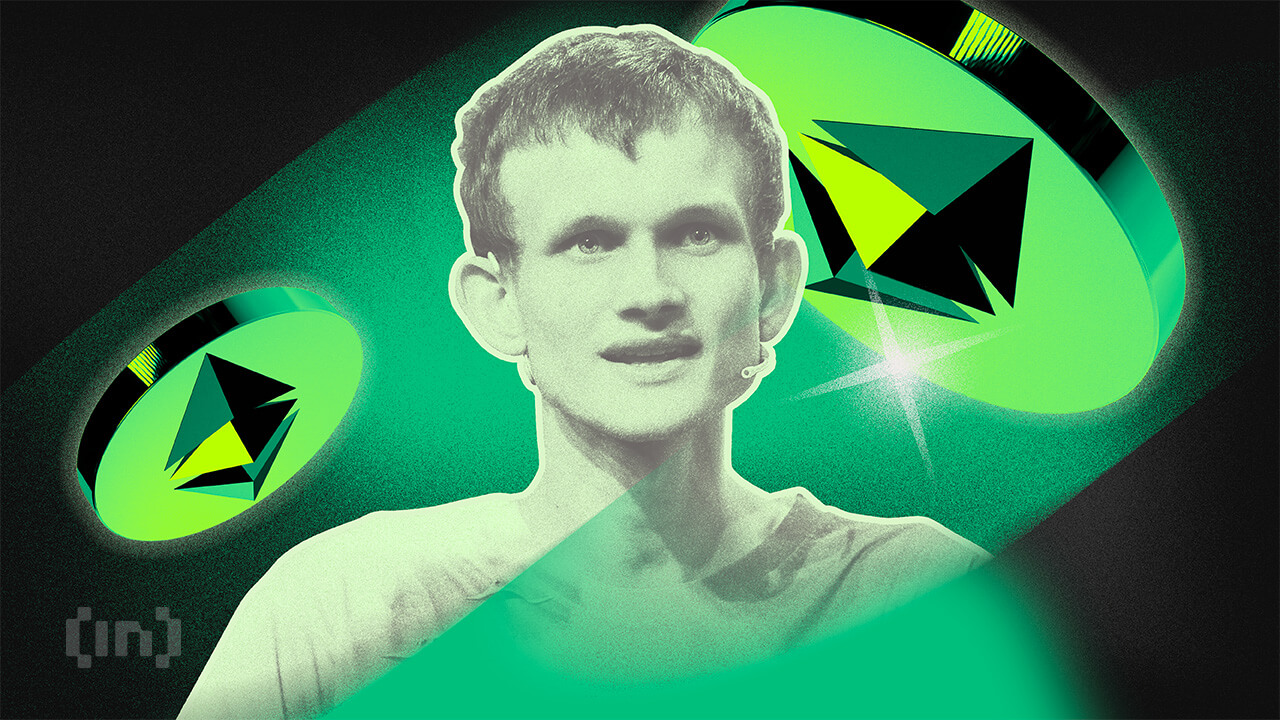
Ethereum co-founder Vitalik Buterin has introduced a new roadmap to make Layer 2 (L2) solutions faster and more secure. His proposal aims to help Ethereum grow without sacrificing decentralization or trust.
What’s Changing in Ethereum’s Layer 2?
At the core of Buterin’s plan is a “2-of-3” proof system designed to reduce risks in L2 transactions. It relies on three different verification methods:
- Optimistic proofs (which assume transactions are valid unless challenged),
- Zero-knowledge (ZK) proofs (which verify transactions mathematically), and
- Trusted Execution Environments (TEE) (which provide a secure hardware-based method).
A transaction is considered finalized when at least two of these proofs agree. This approach reduces reliance on any single system, making transactions faster (under an hour in some cases) while keeping security strong.
This idea comes at a time when Ethereum is facing increased competition from fast-growing networks like Solana, which recently saw an 83% increase in developer activity due to its high-speed transactions and lower costs.
The Push for “Stage 2 Rollups”
Buterin’s roadmap also introduces “Stage 2 rollups”, which aim to provide:
✅ Near-instant confirmations
✅ High security, even in semi-trusted environments
✅ Protection from failures
Ethereum has already seen major rollup solutions emerge, such as Arbitrum, Optimism, and Polygon, which help reduce congestion and transaction fees. However, Buterin wants to ensure they are even more reliable and resilient.
One key rule that will stay in place is Ethereum’s 30-day upgrade delay, which ensures stability during major changes.
Rethinking Crypto Funding: From “Public Goods” to “Open-Source”
Beyond technical upgrades, Buterin is also calling for a new way of funding Ethereum’s development.
He believes that the term “public goods funding” has become too political, often favoring those who are good at networking rather than those who actually build useful tools.
Instead, he suggests a shift to “open-source funding”, which prioritizes:
🔹 Transparency
🔹 Collaboration
🔹 Building real value for the community
This isn’t the first time Buterin has addressed funding concerns. In the past, he has supported projects like Gitcoin Grants, which distribute funds to Ethereum developers based on community votes. However, he now warns that popularity-driven funding could hurt innovation in the long run.
Why This Matters for Ethereum’s Future
Ethereum is at a critical moment. While it remains the largest platform for DeFi, NFTs, and smart contracts, competitors like Solana and Avalanche are gaining ground.
By focusing on:
📌 Faster and safer Layer 2 solutions
📌 More transparent funding for developers
📌 Reducing risks tied to single-point failures
Buterin hopes to secure Ethereum’s place as the top blockchain for years to come.
With major upgrades like the upcoming Pectra update, Ethereum is pushing forward despite market challenges. Now, it’s a matter of whether these efforts can help Ethereum reclaim its edge in the crypto space.





